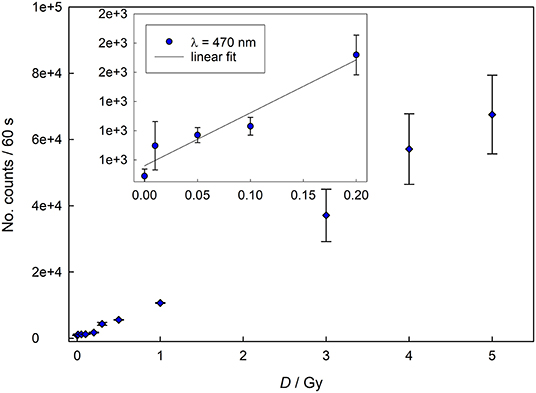
Nutrient Reference Values for LabellingĪs you can see, there are differences in the nutrient reference values in many cases Differences between Labels The table below shows the differences between the lists of nutrient reference values for vitamins and minerals in the European Union, the United States (the values before the 2016 modification and the current values) and the FAO/WHO. NRV table according to different Organisations These Daily Reference Intakes, when referring to vitamins and minerals, the Regulation gives them the name of Nutrient Reference Values or NRVs, probably to follow the terminology used by FAO/WHO in the Codex Alimentarius, but when referring to the Daily Reference Intakes of energy and macronutrients, the Regulation simply calls them Reference Intakes (RIs)Įxample of Nutritional Information for a Dietary Supplement in the United States Annex XIII of this Regulation lists the “ Daily Reference Intakes”, both for micronutrients (vitamins and minerals) and for energy and various macronutrients (total fat, saturated fatty acids, total carbohydrates, sugars, protein and salt). In the European Union these Nutrient Reference Values are regulated by Regulation (EU) 1169/2011 2 on the provision of food information to consumers. This table of NRV-N reflects these values for a list of vitamins and minerals, as well as for proteins. These refer to NRVs based on population nutrient levels, to differentiate them from other NRVs also discussed, associated with the risk of reduction of diet-related noncommunicable diseases (NRV-ND). The Codex Alimentarius 1 provides in the aforementioned “Guidelines for Nutrition Labelling”, adopted in 1985 and revised and amended many times, the current one being 2016, a table with the “Nutrient Reference Values – Needs” (NRV-N). Similarly, in recent years consideration is being given to establishing separate reference values for the labelling of food for specific segments of the general population (for infants, children aged one to three, pregnant women, etc.). This is the case for example in the European Union or the United States. These numerical values, in addition to being calculated by FAO/WHO and being used in many countries, have also been calculated by the scientific agencies of many governments or supranational organisations that have established their own Nutrient Reference Values that already take into account country or region-specific factors affecting nutrient absorption, use or nutrient requirements of that population. Nutrient Reference Values calculated by different Organisations These numerical values have been calculated in principle to establish nutrient reference intakes in the general population (people aged over 36 months) for use in nutrition labelling of foods to assist consumers in calculating the relative contribution of different nutrients to total healthy dietary intake and also to enable it to be used as a means of comparing nutrient content between different products.


The definition of NRVs given by the FAO/WHO Codex Alimentarius in its “Guidelines for Nutrition Labelling” is:Ī set of numerical values that are based on scientific data and are used for the purposes of nutrition labelling and relevant claims”. What is Significant Quantity and How Does it Affect the Label?


 0 kommentar(er)
0 kommentar(er)
